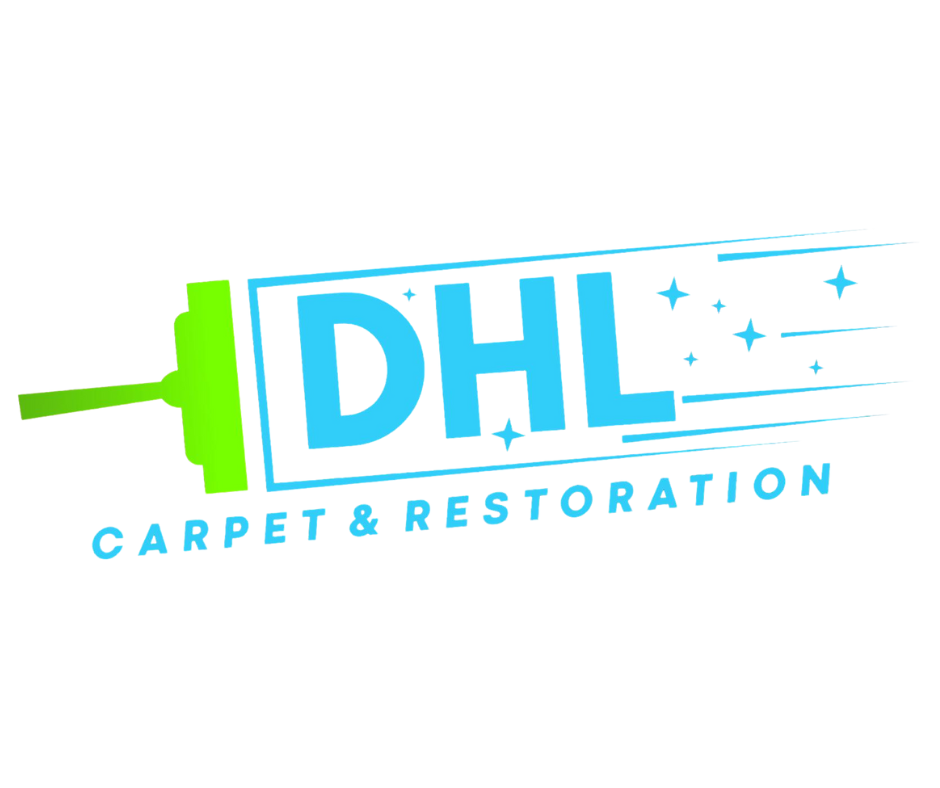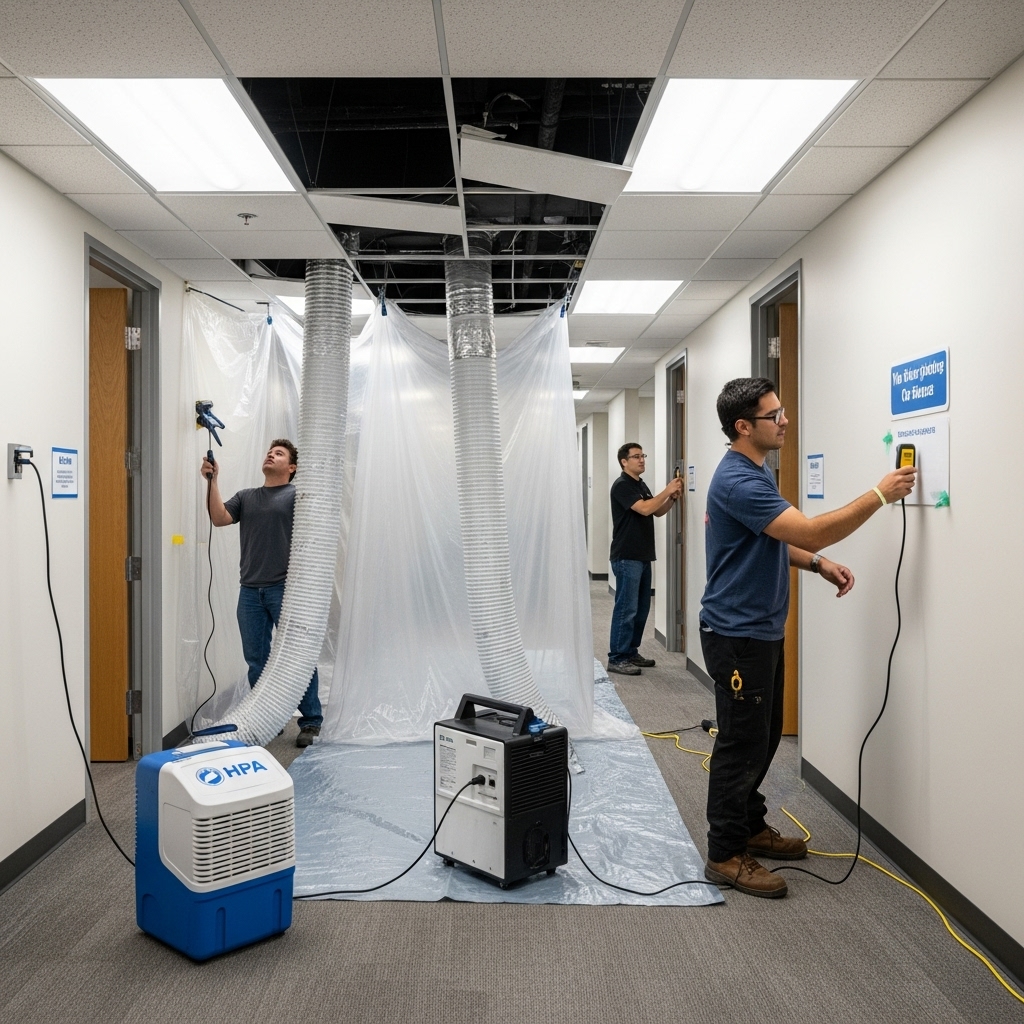For New Jersey businesses, mold is more than a maintenance issue—it can disrupt operations, impact indoor air quality, and complicate regulatory obligations. Office towers, retail spaces, schools, healthcare facilities, warehouses, and hospitality venues all face unique risks from roof leaks, HVAC condensation, plumbing failures, or flooding. Commercial mold mitigation requires structured project management, clear documentation, and strategies that preserve business continuity. When stakes are high, organizations often partner with local providers experienced in comprehensive mold mitigation services to protect occupants and maintain compliance while restoring the workspace.
Mitigation focuses on stopping spread, removing contamination, and stabilizing indoor conditions. The approach must fit the building’s size, mechanical systems, occupancy schedule, and safety requirements. Below is a practical framework tailored to New Jersey’s climate and building types.
Commercial Risks and Indicators
- Roof membrane or flashing leaks leading to wet ceilings and insulation
- Chilled-water or condensate line problems causing ceiling and wall damage
- Tenant improvements that expose previously hidden moisture
- Loading dock door leaks and slab moisture in warehouses
- Improperly vented restrooms and break rooms
- Repeated humidity spikes due to unbalanced HVAC or economizer issues
Early warning signs include musty odors, staining, occupant complaints of irritation, or visible growth on drywall, ceiling tiles, and stored materials. A rapid response limits downtime and helps maintain comfort and confidence.
Structured Commercial Mitigation Process
-
Discovery and triage: Facility teams document affected areas, shut down water sources, and request professional assessment.
-
Assessment and mapping: Technicians take moisture readings, review mechanical systems, and identify hidden damp zones with thermal imaging.
-
Scope, safety, and phasing: A written plan details containment zones, negative air, traffic routes, and after-hours or weekend scheduling to minimize disruption.
-
Containment and filtration: Work zones are isolated with barriers and pressure differentials. HEPA air scrubbers filter fine particulates continuously.
-
Source removal and cleaning: Contaminated porous materials are removed; salvageable surfaces are HEPA vacuumed and cleaned according to material type.
-
Drying to targets: Dehumidifiers and air movers bring materials to specified moisture levels aligned with building standards.
-
Verification and reporting: Visual confirmation and moisture logs are compiled; third-party clearance may be arranged for stakeholder assurance.
Business Continuity Strategies
- Phased work zones that keep portions of the facility operational
- Off-hours or weekend scheduling to reduce noise and traffic conflicts
- Clear signage and communication plans for staff and visitors
- Coordination with property management, tenants, and security
- Protection of inventory, equipment, and sensitive areas (server rooms, labs)
Collaboration With Building Systems and Trades
Successful outcomes require coordination with roofing contractors, plumbers, mechanical teams, and envelope specialists. The mitigation provider should be comfortable reviewing HVAC setpoints, ventilation rates, and condensate routing. In many commercial spaces, simple adjustments—like correcting negative building pressure, sealing duct leaks, or optimizing dehumidification—prevent recurring moisture issues.
Selecting a Commercial Partner in New Jersey
Look for a provider that offers robust documentation, safety compliance, and transparent communication. Ask for sample reports, discuss how access control is managed, and review the plan for protecting tenants and visitors. Mid-project updates, photo logs, and moisture graphs keep stakeholders informed. Many organizations rely on established local teams that specialize in scalable mold mitigation services for multi-tenant and mission-critical environments.
Regulatory and Risk Considerations
- Maintain records of moisture readings, containment setup, and cleaning protocols
- Verify that negative air exhausts are managed appropriately
- Protect egress routes and comply with building safety requirements
- Coordinate with industrial hygiene consultants when appropriate
- Preserve chain-of-custody and documentation standards if sampling is performed
Post-Mitigation Prevention Plan
- Audit roof and exterior envelope details; schedule periodic inspections
- Balance HVAC systems and verify ventilation rates per space use
- Monitor indoor humidity seasonally, aiming for a comfortable mid-range
- Install leak detection or water shutoff devices in vulnerable areas
- Train staff to report moisture incidents immediately and document responses
Frequently Asked Questions
Will mitigation shut down our operations? Not necessarily. With phasing, after-hours work, and careful containment, many businesses remain partially or fully operational.
Do we need third-party clearance? It depends on policy, industry standards, and stakeholder expectations. Many organizations choose it for added assurance.
How are tenants and employees informed? A communication plan, signage, and periodic updates keep everyone aware of timelines, access restrictions, and safety measures.
What if mold is above ceiling tiles or in wall cavities? Professionals use thermal imaging and moisture meters to locate hidden dampness, then open select areas under containment for safe removal and drying.
How long will equipment run? Air scrubbers and dehumidifiers often operate throughout the project until targets are met and the space is verified clean and dry.
Can mitigation be combined with renovations? Yes. Many facilities coordinate repairs and improvements while areas are already open, saving time and reducing future disruptions.
Action Plan for New Jersey Facilities
Commercial mold mitigation works best when facility teams and specialists align on scope, schedule, and prevention. Start with a thorough assessment, implement disciplined containment and cleaning, and address root causes in the building envelope and mechanical systems. If your organization needs a dependable partner, connect with New Jersey professionals who provide scalable mold mitigation services and documented results built for business environments.

